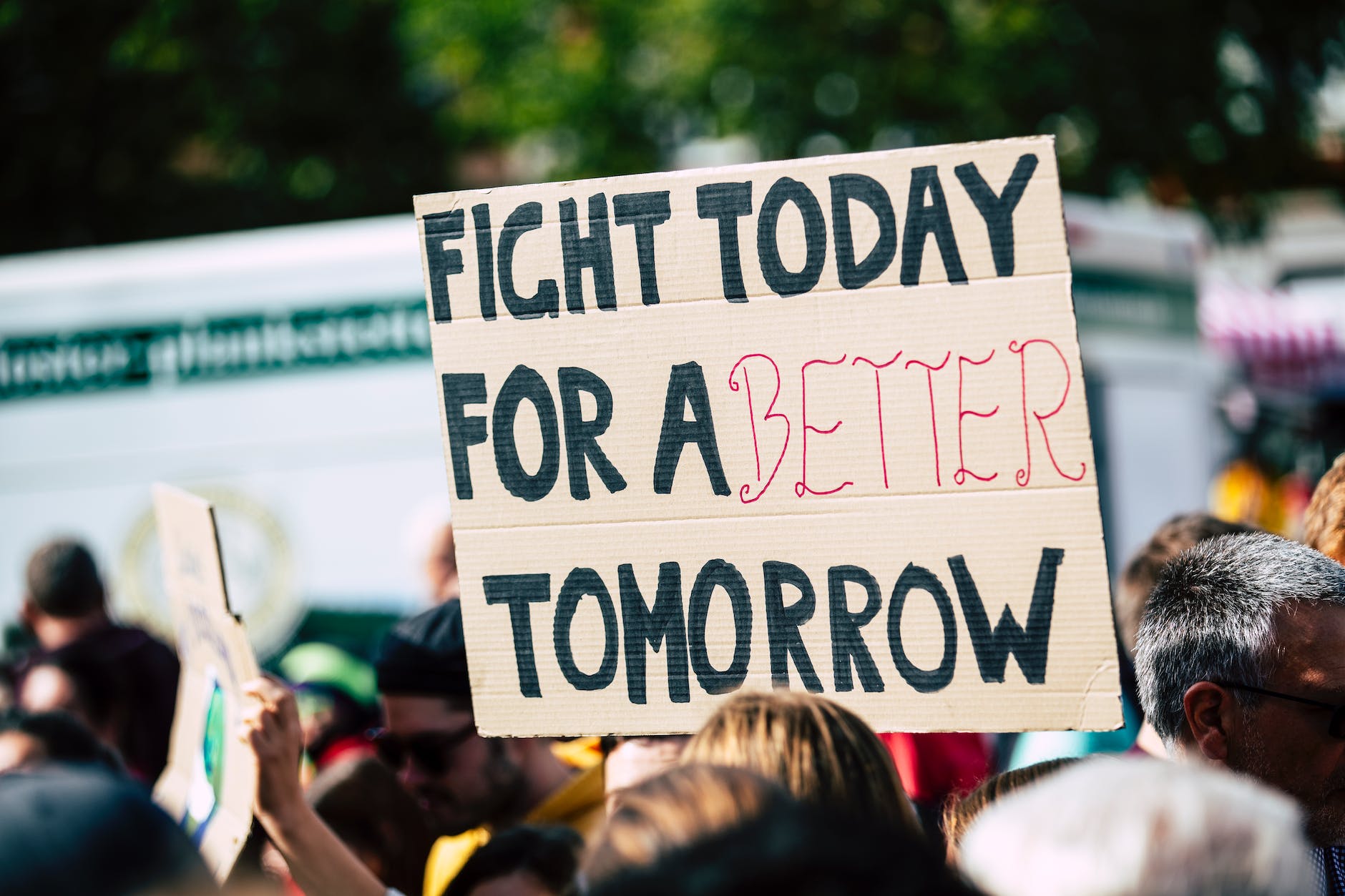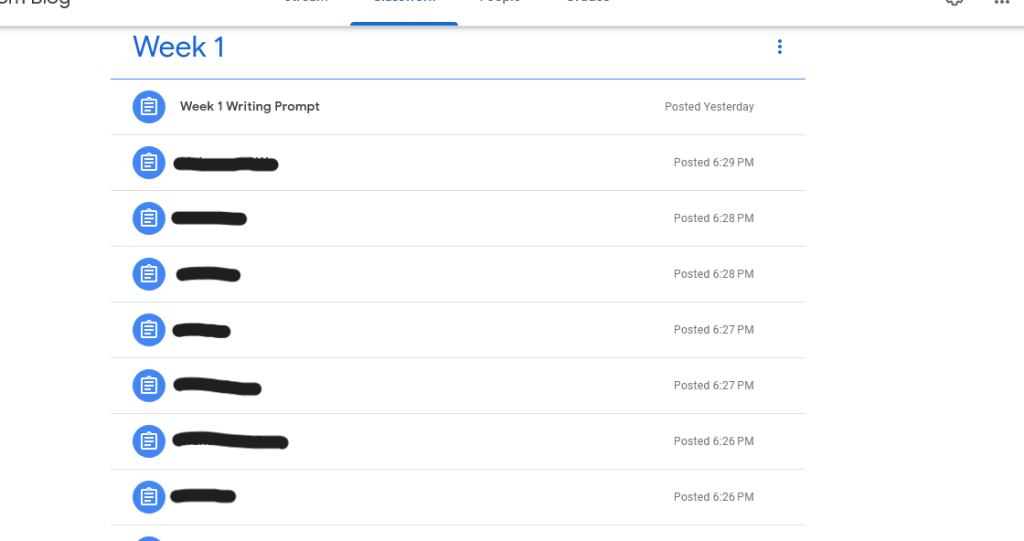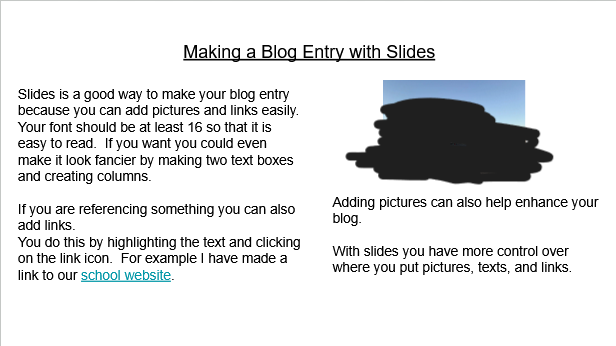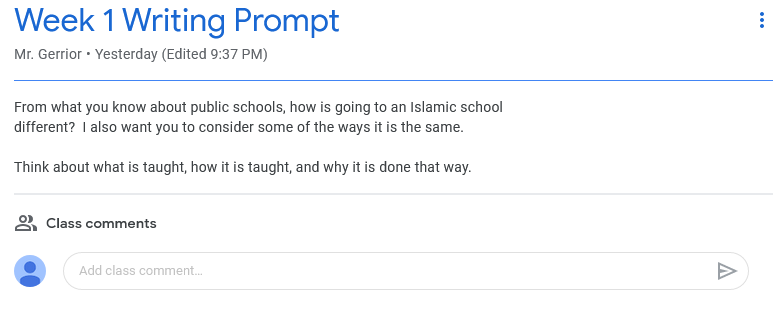My last writing prompt asked students to write about what they would change if they ran our school. While there was a variety of ideas, there was a number of that repeatedly showed up. We are the only school in the city that requires uniforms and while some students mentioned the benefits (no one makes fun of each other for your clothes, modesty, easy to identify students) this was the first thing that a majority of students would change. Next was use of cell phones. Our school has banned personal smart devices for k-8 students. I was not surprised by this, although reminding them that one student live streamed a class, was something that change a few minds. The third most common change they would bring to our school was gum. The amount of gum found on floors, desks, walls, etc., led to the school banning gum. Teachers are left to enforce it. In my class it has become a power play with one student, she refuses to stop, I have her get rid of it. It is a small but perpetual battle and it would appear the class has painted me (or at least the rule) as the villain.

Overall this was the most interesting blog for me. It gave me insight into what each student enjoys or dislikes about our community. A number of them treated it like a persuasive letter. I did mention that I would read and reflect on their ideas, so this was probably my influence. It was a great way to end our project and gave them a chance to share their concerns in a calm and reflective way. It was gratifying to see my goal realized. We had created an online community where they could share different ideas and actually discuss it without filling the page with bile. A few students who struggle with this in real life were some of the best commenters. Imagine that! A social media project led to someone being kinder!
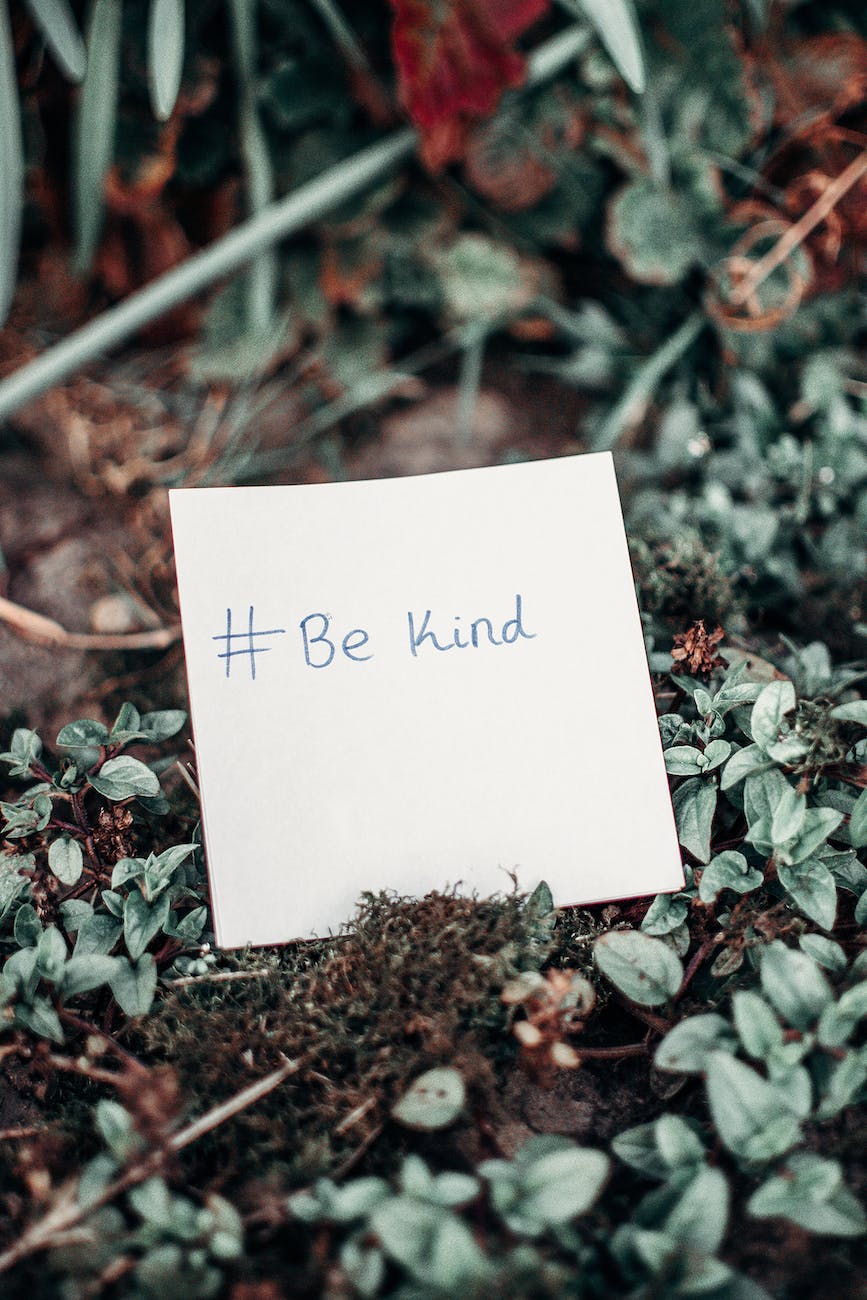
I ended this unit with a voluntary survey. By Friday night I received 13 responses, a little over half the class. I added an “other” option to each question which made the results more diverse.

I was surprised not to get at least one “I didn’t care” response. A majority didn’t think the assignment was hard, followed by technology issues and forgetting to finish it. As the teacher technology issues were my biggest struggle. Our tech is limited and a few students genuinely had blogs get lost somewhere in the digital ether.

I had expected the largest response would be how short the assignment was. One paragraph was the minimum. The fact that the majority enjoyed that it was something different is making me reconsider my assignments in the future. Two respondents enjoyed getting to know more about their peers. This was not an option I had posted and I found it oddly wholesome.

This was the survey question I was most curious about. I was grateful to see a majority of students preferred to post positive messages, but disappointment that 3 students said they had to stop themselves from writing something mean. While you might think this was a sarcastic comment, the previous survey questions did not indicate they were taking this as a joke. That is not to say I was surprised. We have had discussions in class around why we treat people unkindly and admitted that sometimes people think it is fun.
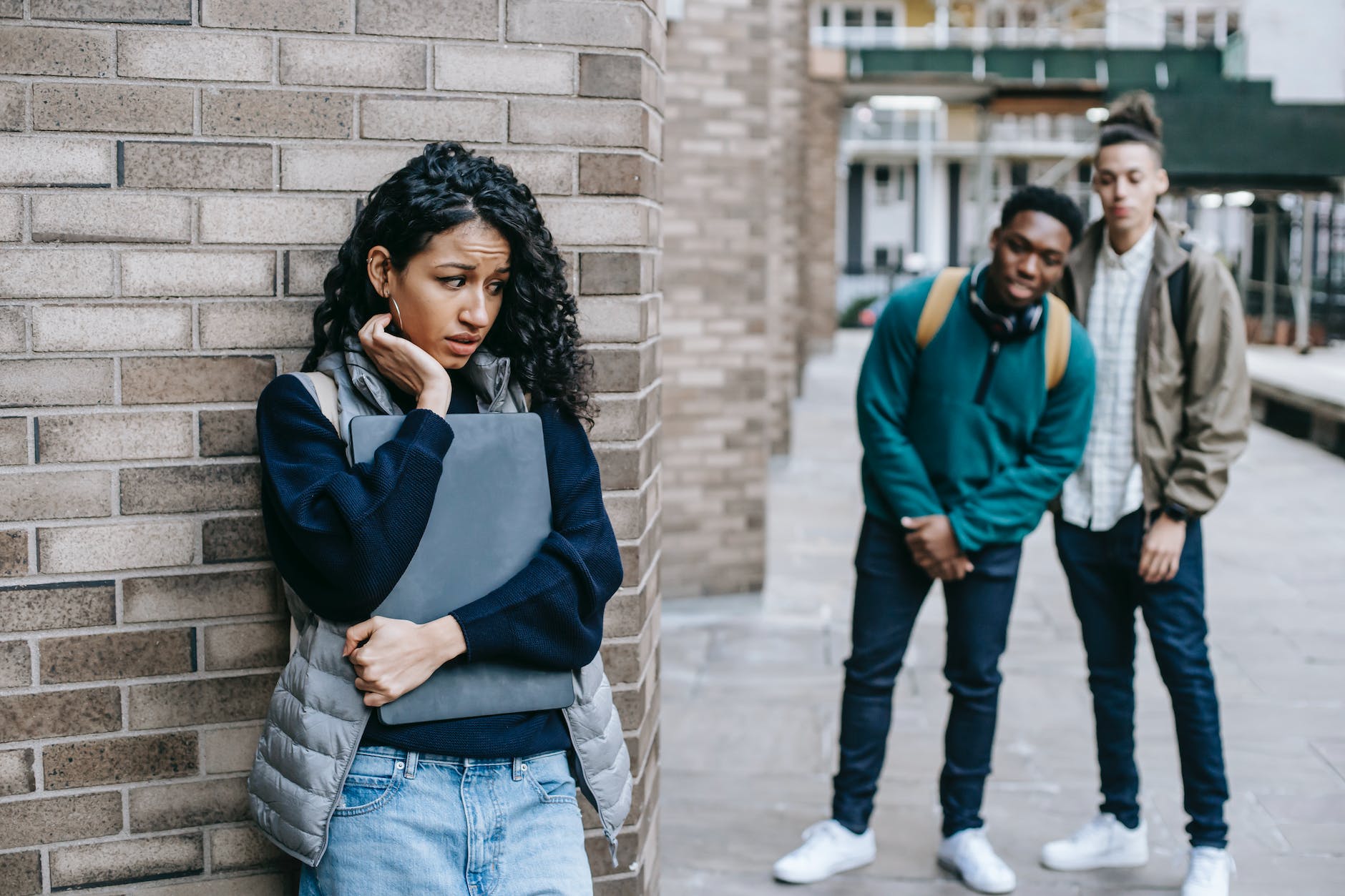
Finally I asked two short answer questions; starting with “What could I do better next time?” This question exposed me to a trap that I see my students fall into; miscommunication. My intention was to find out what I, as in the teacher, could do better for them, the students. They read the question as a personal one. Most responded with write more or be kind in the comments (breakthrough!). Two students understood my intention and asked me to open the blogs in front of them to avoid losing marks for missed assignments (which I had done a few times) and make the assignment longer so students could express themselves more (second breakthrough!).

I ended with “How was this experience different from regular social media?” A few didn’t notice much difference, however half responded with it was “safer” and “positive.” One student responded that they usually get bullied on social media and this project made them feel respected and listened to. I think these responses have ensured I will do this project again.
In the end I am very happy with the results of this project. It forced me to rethink how I assign literacy, acted as a media literacy lesson, and created at least one safe place for them to share and exist as digital citizens. My one regret is not adding the following question, “Did this project change how you use social media?” I want to think they would write about how they post kind things online, they stand up for each other and push aside the trolls. Maybe they would, I think I will live in that safe place for now.

